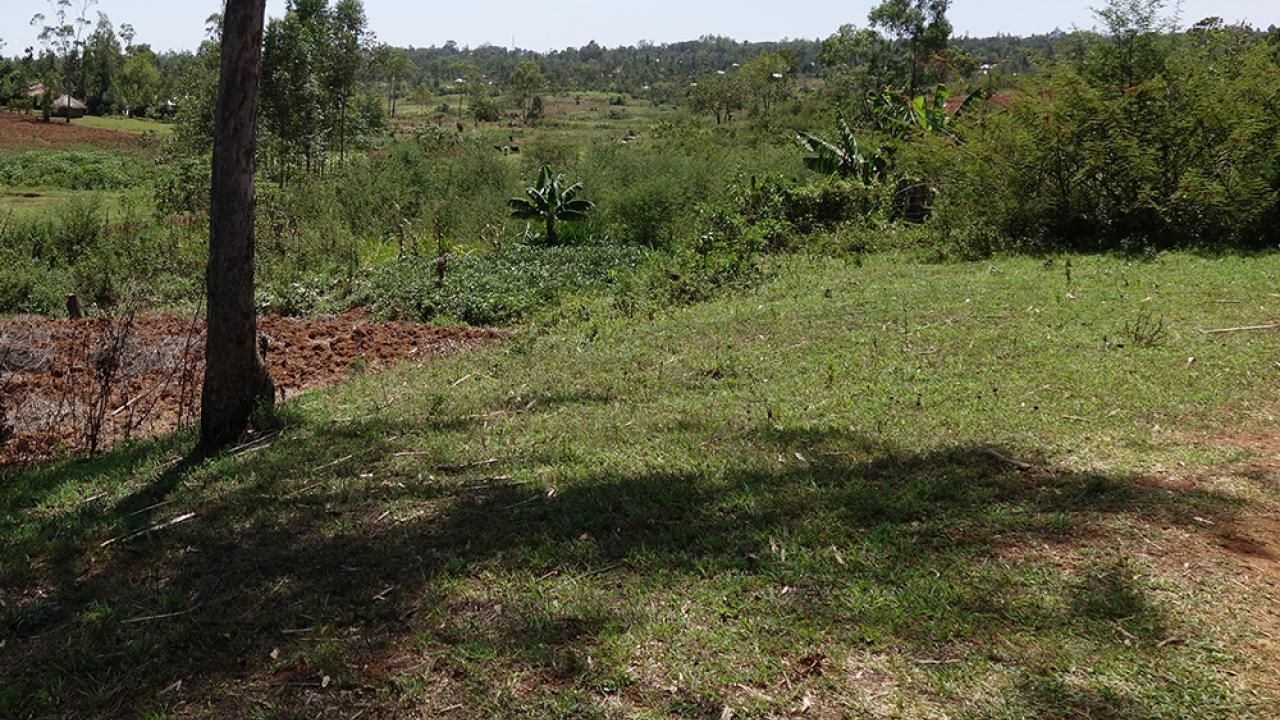
Better Borrowing to Promote Access to Water and Improve Dairy Farming in Kenya
The shift from subsistence farming to producing higher-value products for national markets is for many the first step out of poverty. However, many farmers lack the financial resources to make initial investments in equipment that can make that transition possible.
MRR Innovation Lab researchers are partnering with Nyala Vision Savings and Credit Cooperative in Kenya to test financial contracts for rain collecting water tanks, including a layaway savings plan, an asset-collateralized loan and a hybrid option that enables farmers to save towards the loan’s deposit.
The Challenge
Investing in equipment is an important step for small-scale, subsistence farmers in their transition to producing higher-value products for sale on the national market. This transition is the first step out of poverty for many smallholder farmers, but many farmers lack the financial resources to make the initial investment.
For example, water tanks to collect rainfall can make dairy farming more productive. However, traditional microfinance loans are not structured for financing this kind of purchase for small-scale farmers who have little savings or assets. Traditional loans are often securitized with cash upfront and must be paid off starting immediately.
By contrast, asset-collateralized loans only require a small deposit with the asset itself as collateral. While traditional microfinance loans have had a disappointing impact on business investment and growth,[1] asset-collateralized loans, though riskier for lenders than traditional loans, have shown tremendous potential in facilitating business investment in developing countries.[2]
Layaway saving contracts provide an alternative for financing large agricultural purchases. Layaway contracts, in which the financial institution provides the purchased asset once payments into a dedicated account are complete, provide a softer commitment with lower risk for both borrowers and lenders.
